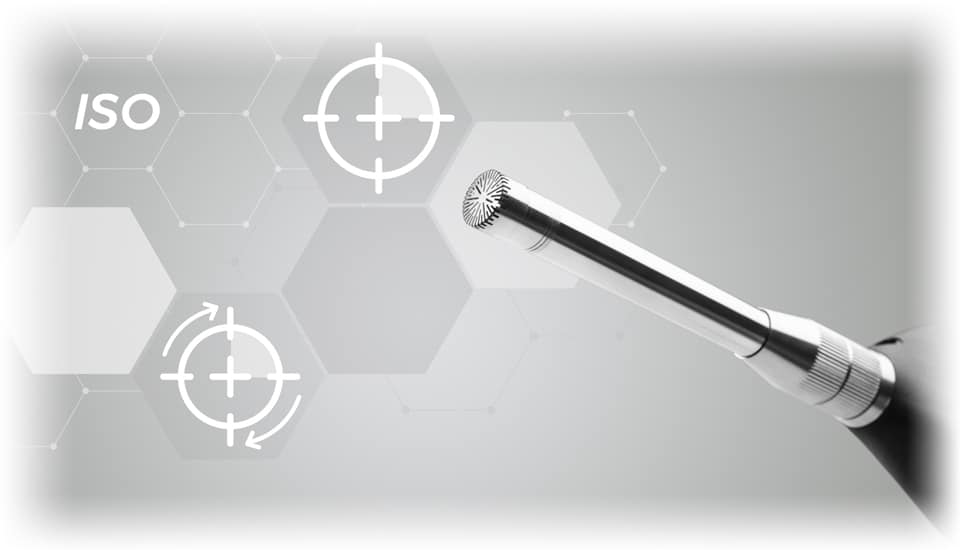The SVANTEK calibration laboratory performs calibration of sound level meters from Norsonic, NTI Audio, Bruel & Kjaer.
Calibration of sound level meters is essential for all accredited laboratories to ensure measurement traceability to national or international standards. Regulatory frameworks governing environmental noise assessments and occupational noise exposure typically require accredited testing laboratories to regularly calibrate their measurement instruments. Moreover, understanding the precise technical parameters of the sound or vibration meter in use allows for highly accurate measurements. For example, knowing the instrument’s linearity enables users to correct the indicated levels for specific test conditions, ensuring data reliability and compliance with applicable standards.
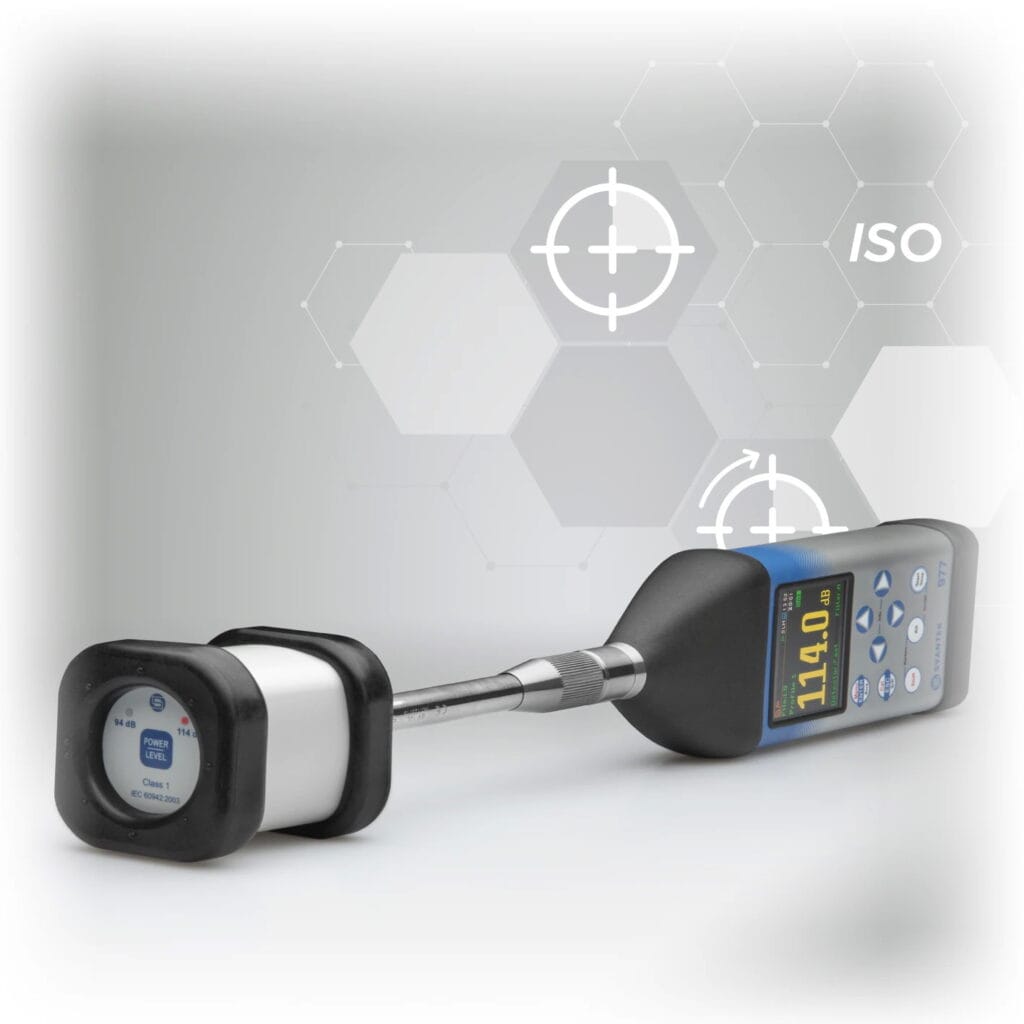
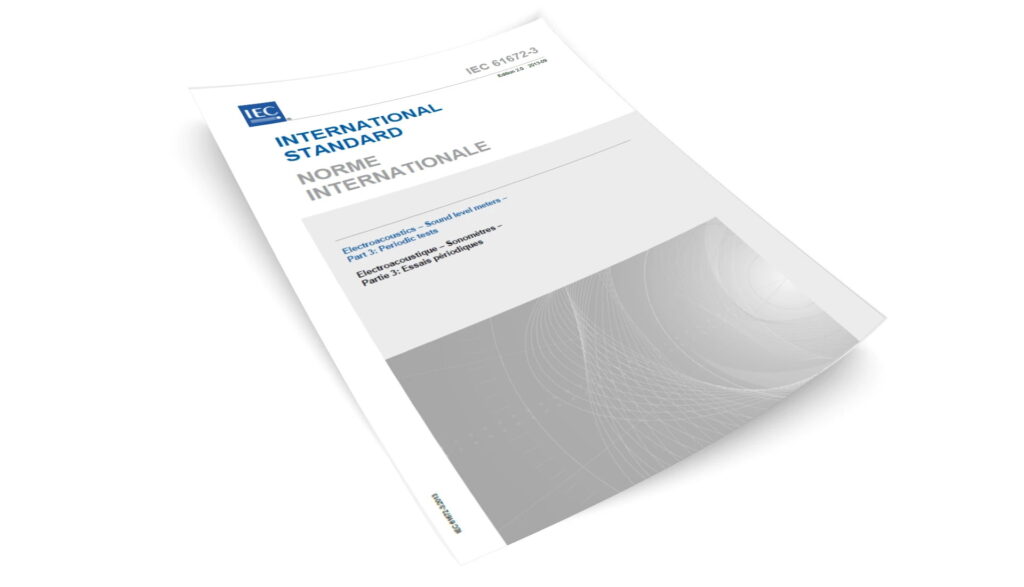
Sound level meters at the SVANTEK calibration laboratory are calibrated in accordance with IEC 61672-3 “Electroacoustics – Sound level meters – Part 3: Periodic tests.” Calibration can be performed according to either the 2006 or 2013 edition of the standard, depending on the instrument’s type approval. The laboratory follows the principle of calibrating each instrument in line with the edition of the standard under which it was type-approved. For example, if a device has type approval based on IEC 61672-3:2006, calibration is performed using that edition’s methodology. Models such as the SV 971A, SVAN 979, and SV 977D have type approvals under the 2013 edition and are calibrated according to the latest requirements.
The calibration of a sound level meter involves a large number of measured parameters, all of which are essential for ensuring the instrument’s accuracy and traceability. To undergo calibration, the device must be fully functional and free from physical damage. Both acoustic and electrical characteristics are assessed during the process. Acoustic parameters include the overall response of the meter with its microphone, as well as system noise levels. Electrical tests cover aspects such as linearity, internal electrical noise, long-term stability, toneburst response, peak sound level accuracy, overrange indication, and more. These measurements confirm the correct functioning of the meter across its full operational range.
There are minor differences in calibration procedures between the 2006 and 2013 editions of IEC 61672-3. Calibration must be performed under tightly controlled environmental conditions to ensure accuracy. The ambient temperature must be between 20°C and 26°C, relative humidity between 25% and 70%, and atmospheric pressure between 970 hPa and 1050 hPa. These conditions are verified both before and after the measurement sequence to maintain consistency.
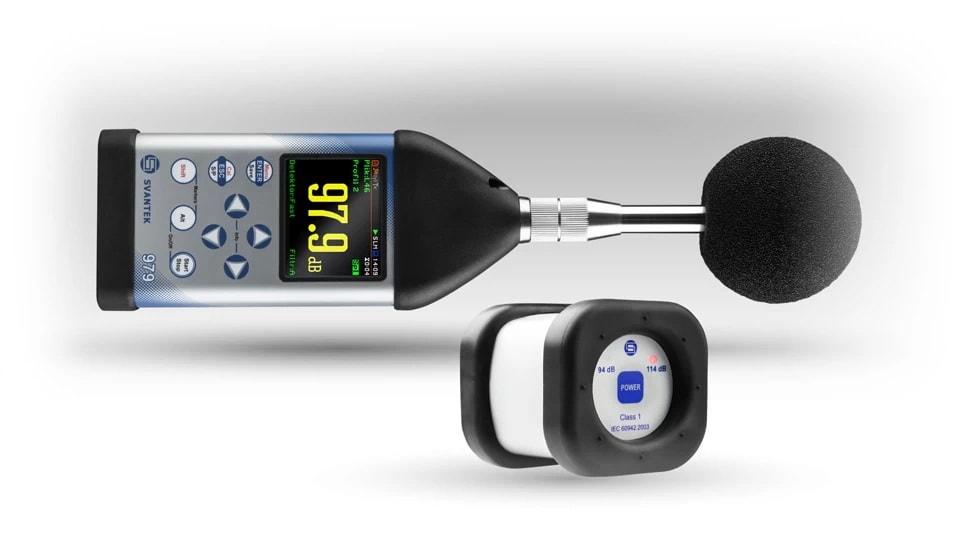
The calibration certificate contains complete information about the calibration performed. It has an individual certificate number, the date of issue, the date of measurement, and the type and serial number of the meter, preamplifier and microphone. All three of these elements form a set. In addition, the certificate includes information about the meteorological conditions in the laboratory during the measurements. The results of all measurements along with uncertainties are presented in tabular forms. For meters with type approval, certificates are enriched with a formula specifying compliance with the requirements of the standard.
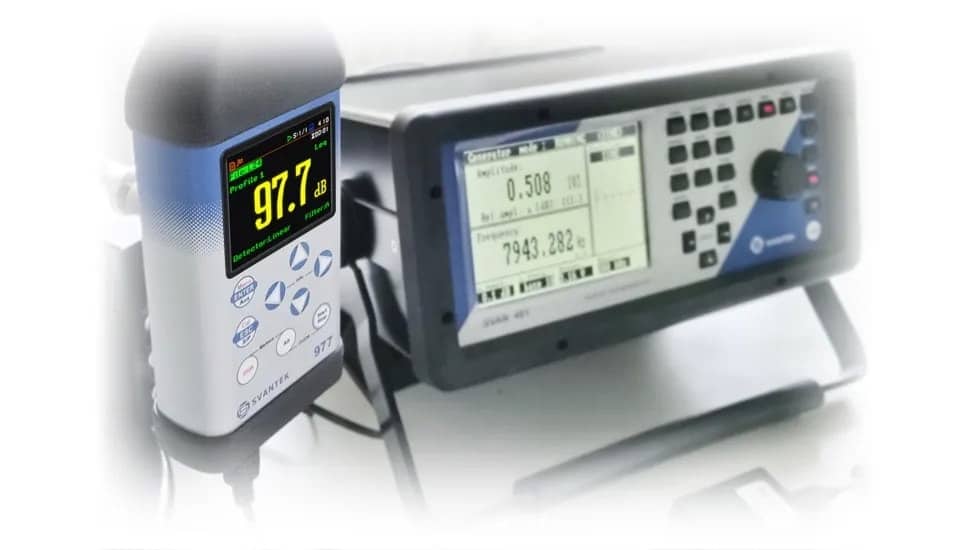
The calibration of a sound level meter consists of a great many measurements. The equipment, when it arrives at the laboratory, should get the right temperature that prevails inside. Usually calibration takes several hours. For the above reasons , the calibration of a sound level meter usually takes two to three working days. The measurements are made with due care and are also repeated many times.
Yes, the SVANTEK calibration laboratory also calibrates meters from Norsonic, NTI Audio, or Bruel & Kjaer. The calibration time for other companies’ meters does not differ from that of SVANTEK meters, and the price also remains the same.
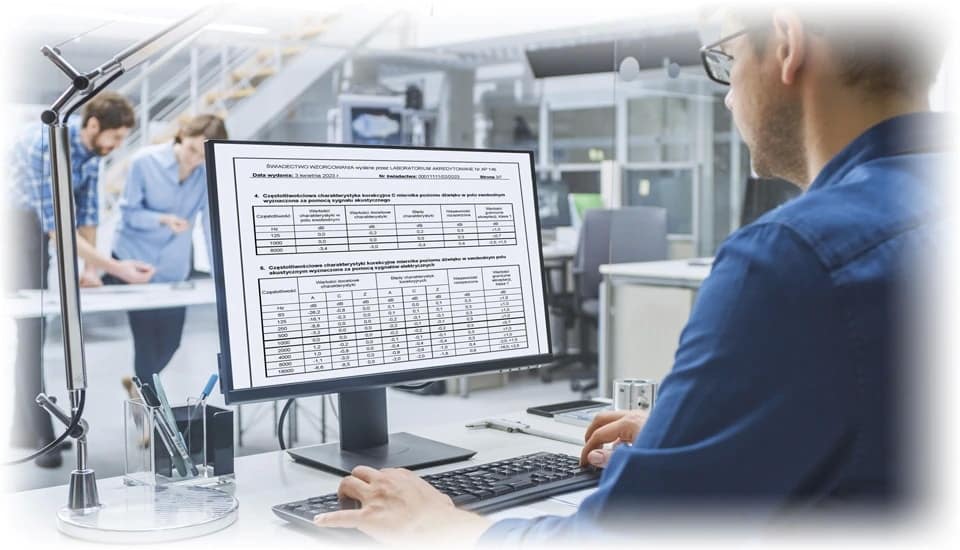
The cost of calibrating a sound level meter depends on the number of linearity ranges to be measured. Meters manufactured by SVANTEK have one or two ranges of linearity. Each additional range of linearity is an additional charge. It is also possible to calibrate octave or third-order bandpass filters in sound level meters.
In the measurement reports, it is necessary to specify the instruments that were used during the measurements and their date of last calibration. The regulation also requires the use of a class 1 calibrator. Calibration of a calibrator allows you to determine the exact parameters of this calibrator, and then according to the certificate and uncertainty take this into account in the final measurements.
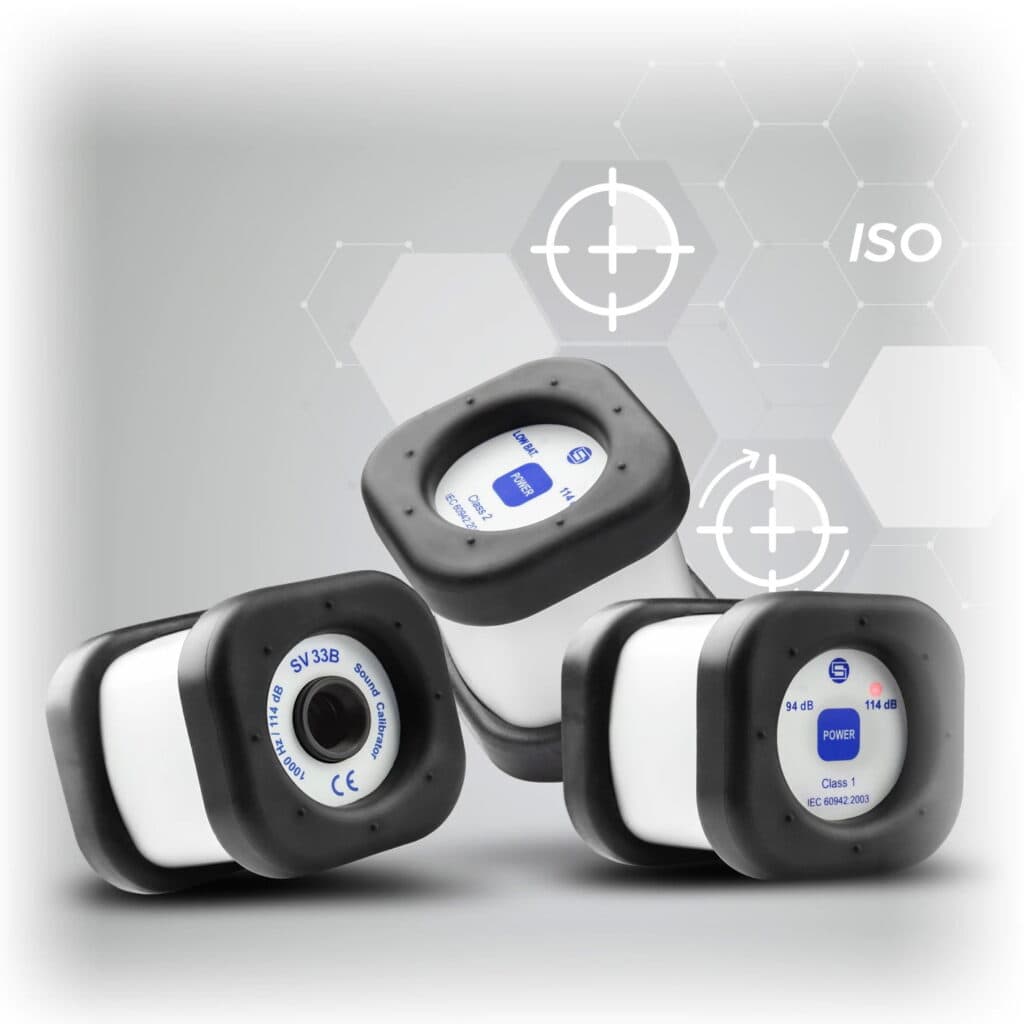

Individual sound exposure meters, or so-called noise dosimeters, are also sound level meters that require calibration to ensure measurement consistency for accredited measurements.
Acoustic dosimeters are most often used at workplaces where employees are exposed to excessive noise levels. The guarantee of a correct measurement made by a dosimeter is precisely the calibration certificate. These are instruments, as the name suggests, individual – most often placed at the ear of the employee.
A measurement microphone is a component of the measurement path if you use it in conjunction with a sound level meter. When calibrating measurement microphones, it is important to keep the measurement uncertainty as small as possible so that another laboratory’s measurement standard does not introduce an initial uncertainty for subsequent calibrations.
